-
 Bitcoin
Bitcoin $81,455.1592
5.51% -
 Ethereum
Ethereum $1,577.8864
7.50% -
 Tether USDt
Tether USDt $0.9995
0.02% -
 XRP
XRP $2.0084
12.35% -
 BNB
BNB $578.0579
3.99% -
 USDC
USDC $0.9999
0.00% -
 Solana
Solana $113.2360
8.62% -
 Dogecoin
Dogecoin $0.1564
7.25% -
 TRON
TRON $0.2406
5.28% -
 Cardano
Cardano $0.6211
10.88% -
 UNUS SED LEO
UNUS SED LEO $9.4120
2.79% -
 Chainlink
Chainlink $12.3719
10.53% -
 Avalanche
Avalanche $18.2079
12.56% -
 Toncoin
Toncoin $2.9964
0.09% -
 Hedera
Hedera $0.1756
18.45% -
 Stellar
Stellar $0.2346
7.87% -
 Sui
Sui $2.1780
14.32% -
 Shiba Inu
Shiba Inu $0.0...01196
9.43% -
 MANTRA
MANTRA $6.5400
6.48% -
 Bitcoin Cash
Bitcoin Cash $295.0003
8.98% -
 Litecoin
Litecoin $73.8510
4.59% -
 Polkadot
Polkadot $3.5341
4.65% -
 Dai
Dai $1.0000
0.02% -
 Bitget Token
Bitget Token $4.2861
5.97% -
 Ethena USDe
Ethena USDe $0.9987
0.02% -
 Hyperliquid
Hyperliquid $13.7356
12.70% -
 Pi
Pi $0.5960
5.53% -
 Monero
Monero $202.7897
3.63% -
 Uniswap
Uniswap $5.1632
7.98% -
 OKB
OKB $53.2342
3.44%
What is time-bandit?
Time-bandit attacks exploit blockchain delays to create secret forks, enabling double-spending and transaction reversals, severely impacting network integrity.
Apr 07, 2025 at 03:00 pm
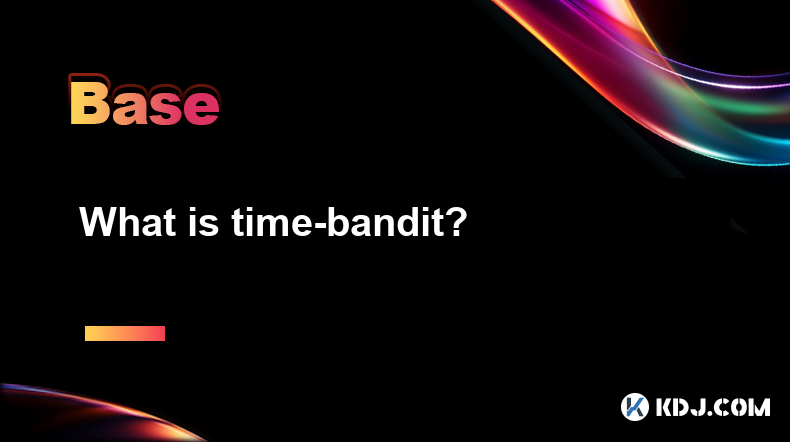
What is Time-Bandit?
In the world of cryptocurrency, the term time-bandit refers to a specific type of attack that targets blockchain networks, particularly those that use Proof of Work (PoW) consensus mechanisms. This attack exploits the time it takes for a block to be mined and added to the blockchain, allowing malicious actors to manipulate the network for their benefit. Understanding the mechanics and implications of time-bandit attacks is crucial for anyone involved in the cryptocurrency space.
How Does a Time-Bandit Attack Work?
A time-bandit attack involves a malicious miner who attempts to mine a block and then, instead of broadcasting it immediately, delays its release. During this delay, the attacker continues to mine on top of the withheld block, creating a secret fork of the blockchain. Once the attacker has mined several blocks ahead of the public chain, they release the withheld block, causing the network to reorganize and accept the attacker's longer chain.
- The attacker mines a block but does not broadcast it immediately.
- They continue mining on top of the withheld block, creating a secret fork.
- Once they have a significant lead, they release the withheld block, causing a chain reorganization.
This strategy can be particularly effective in networks with low hash rates or those that have not implemented robust security measures against such attacks.
The Impact of Time-Bandit Attacks
The consequences of a successful time-bandit attack can be severe. By manipulating the blockchain, attackers can double-spend coins, reverse transactions, or even censor specific transactions. This undermines the integrity and security of the network, leading to a loss of trust among users and potential financial losses.
- Double-spending of coins becomes possible.
- Transactions can be reversed, affecting the finality of transactions.
- Specific transactions can be censored, impacting the network's neutrality.
Examples of Time-Bandit Attacks
There have been several instances where time-bandit attacks have been attempted or successfully executed. One notable example is the attack on the Bitcoin Gold (BTG) network in 2018. In this case, attackers managed to mine a secret fork and then release it, causing a significant reorganization of the blockchain and resulting in the double-spending of millions of dollars worth of BTG.
- Bitcoin Gold (BTG) in 2018: Attackers mined a secret fork and released it, causing a major reorganization and double-spending.
- Other smaller networks have also been targeted, though not always with the same level of success.
Preventing Time-Bandit Attacks
To mitigate the risk of time-bandit attacks, blockchain networks can implement several strategies. One effective method is to increase the block time, making it more difficult for attackers to create a significant lead in their secret fork. Additionally, implementing checkpoints or using a more decentralized mining pool can help prevent such attacks.
- Increase the block time to make it harder for attackers to gain a lead.
- Implement checkpoints to prevent significant reorganizations.
- Encourage a more decentralized mining pool to reduce the power of any single miner.
Detecting Time-Bandit Attacks
Detecting a time-bandit attack can be challenging, but there are several signs that network participants can look out for. A sudden and significant reorganization of the blockchain, especially if it involves a large number of blocks, can be an indicator of a time-bandit attack. Monitoring the network for unusual patterns in block propagation and mining activity can also help in early detection.
- Watch for sudden and significant blockchain reorganizations.
- Monitor for unusual patterns in block propagation and mining activity.
The Role of Network Participants
Network participants, including miners, node operators, and users, play a crucial role in preventing and detecting time-bandit attacks. By staying vigilant and reporting any suspicious activity, they can help maintain the integrity of the blockchain. Additionally, supporting networks that implement robust security measures can contribute to a safer ecosystem.
- Stay vigilant and report any suspicious activity.
- Support networks with robust security measures.
Frequently Asked Questions
Q: Can time-bandit attacks be completely prevented?
A: While it is challenging to completely prevent time-bandit attacks, implementing robust security measures and increasing network decentralization can significantly reduce the risk.
Q: How can individual users protect themselves from the effects of a time-bandit attack?
A: Individual users can protect themselves by waiting for multiple confirmations before considering a transaction final and by using wallets and exchanges that implement strong security measures.
Q: Are time-bandit attacks more common in smaller blockchain networks?
A: Yes, time-bandit attacks are more common in smaller blockchain networks with lower hash rates, as these networks are more vulnerable to manipulation by malicious miners.
Q: What role do mining pools play in time-bandit attacks?
A: Mining pools can either facilitate or hinder time-bandit attacks. A highly centralized mining pool can make it easier for an attacker to execute a time-bandit attack, while a more decentralized pool can make it more difficult.
Disclaimer:info@kdj.com
The information provided is not trading advice. kdj.com does not assume any responsibility for any investments made based on the information provided in this article. Cryptocurrencies are highly volatile and it is highly recommended that you invest with caution after thorough research!
If you believe that the content used on this website infringes your copyright, please contact us immediately (info@kdj.com) and we will delete it promptly.
- GameStop Adds Bitcoin to Its Treasury Reserves
- 2025-04-10 21:35:18
- XRPTurbo ($XRT) is a revolutionary launchpad being built specifically to turbocharge decentralized finance (DeFi) on the XRP blockchain.
- 2025-04-10 21:35:17
- Trump Media Expands into Finance with ETF Collaboration
- 2025-04-10 21:30:19
- Arthur Hayes Predicts Ethereum Will Hit $5k Before Solana Reaches $300
- 2025-04-10 21:30:19
- As we approach the festive season, the value of the crypto coin market begins to gain momentum, and several coins grab the attention of investors.
- 2025-04-10 21:20:13
- Pi Network Faces Significant Hurdles on Its Journey to Listing
- 2025-04-10 21:20:13
Related knowledge
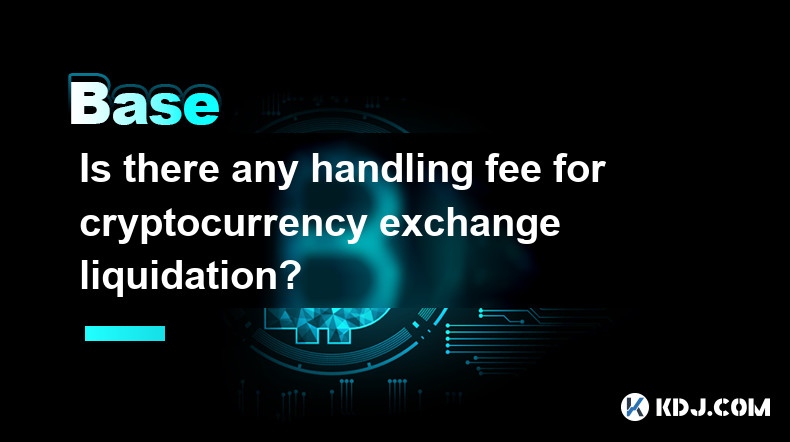
Is there any handling fee for cryptocurrency exchange liquidation?
Apr 10,2025 at 04:29pm
When trading contracts on cryptocurrency exchanges, liquidation is a word that scares investors. A liquidation means that the investor has lost all its principal. So, will the exchange still charge a handling fee when the liquidation is liquidated? This is a concern for many investors. This article will give a detailed answer to this. Important statemen...
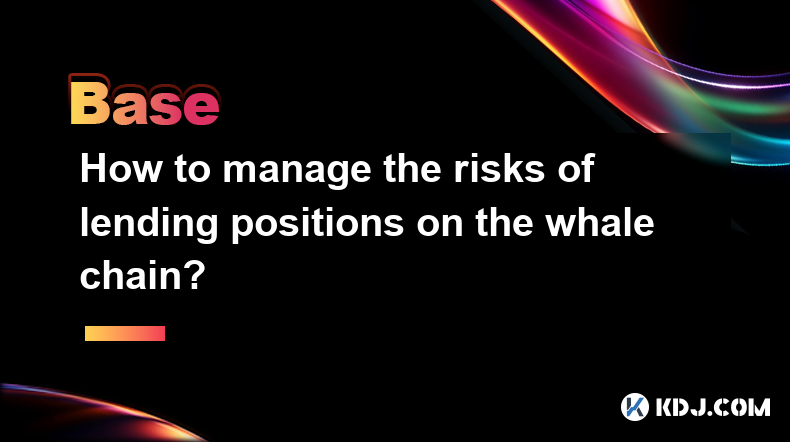
How to manage the risks of lending positions on the whale chain?
Apr 09,2025 at 10:50pm
To manage the risks of lending positions on the whale chain, we need to start from the following aspects: 1. Reasonable control of positions and leverage:Determine the appropriate lending scale and leverage multiple based on your own risk tolerance to avoid excessive leverage. For example, if whales do not have a particularly strong grasp of the market ...
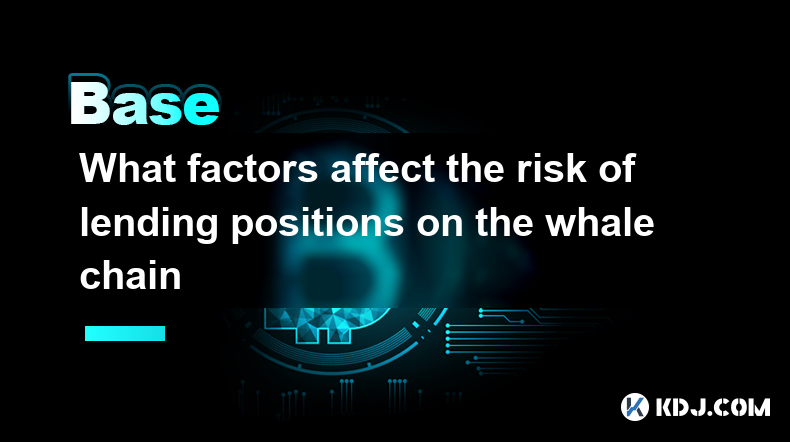
What factors affect the risk of lending positions on the whale chain
Apr 10,2025 at 12:35am
Here are some factors that will affect the risk of lending positions on the whale chain: 1. Market price fluctuations:The decline in collateral prices will cause the collateral value to shrink and may trigger liquidation. For example, a whale borrowed 75.69 million DAI with 60,810 ETH. When the price of ETH falls, its position health will drop sharply a...
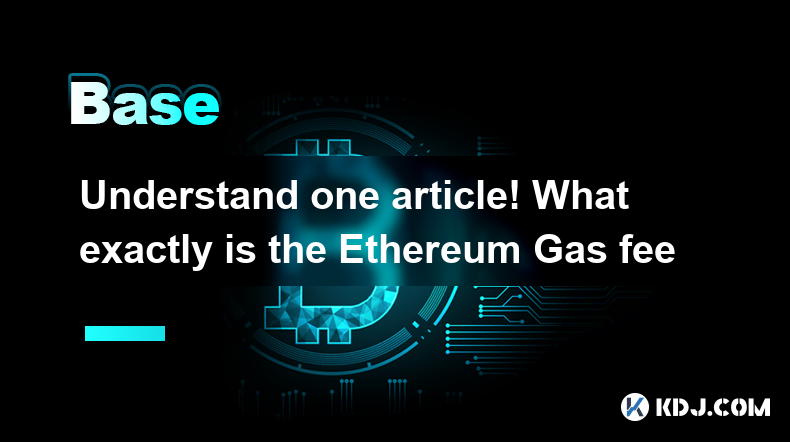
Understand one article! What exactly is the Ethereum Gas fee
Apr 10,2025 at 03:21am
The Ethereum Gas fee refers to the fees paid when trading or executing smart contracts on the Ethereum blockchain, which is used to compensate miners for the computing resources consumed by verifying and packaging exchanges. Here is a detailed introduction to it: Gas concept Gas can be regarded as the “fuel” in the Ethereum network. Ethereum is regarded...
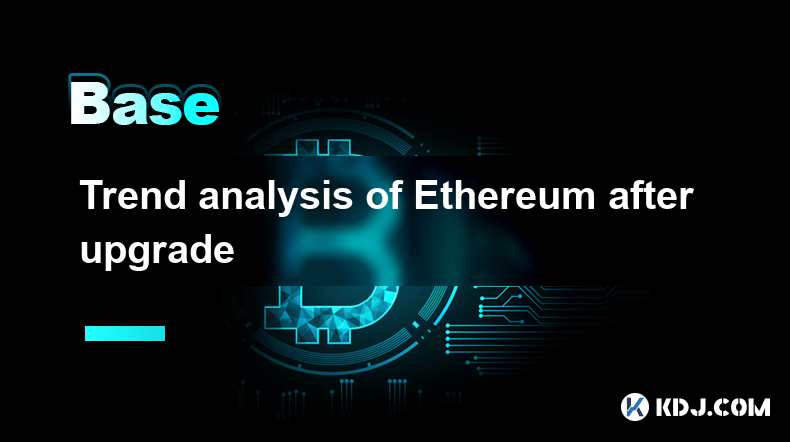
Trend analysis of Ethereum after upgrade
Apr 10,2025 at 04:01am
As a pioneer in blockchain technology, Ethereum has a profound impact on the entire digital asset field every upgrade. Accurately predicting upgraded market trends is crucial for investors and developers. This article will explore in-depth various trends that may appear after the upgrade of Ethereum, helping you grasp the pulse of the market and underst...
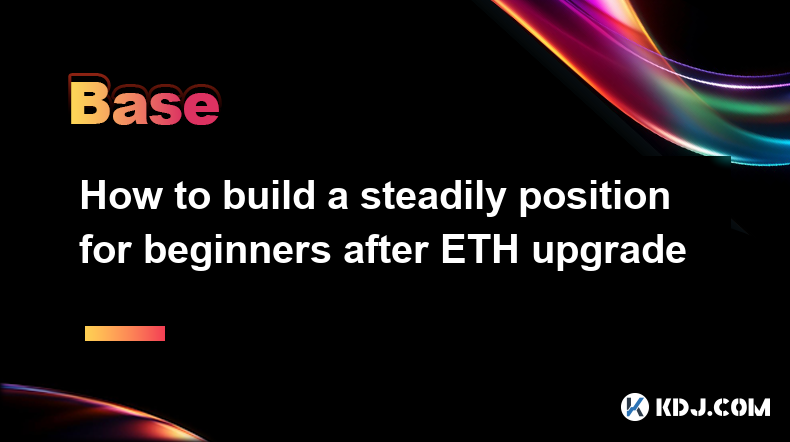
How to build a steadily position for beginners after ETH upgrade
Apr 10,2025 at 04:49pm
The upgrade of Ethereum (ETH) is a grand event in the digital asset field, providing an excellent opportunity for beginner investors. However, the market is volatile and direct investment may face higher risks. This article will provide novices with a stable guide to building positions, helping everyone move forward steadily after ETH upgrade, reduce ri...

Is there any handling fee for cryptocurrency exchange liquidation?
Apr 10,2025 at 04:29pm
When trading contracts on cryptocurrency exchanges, liquidation is a word that scares investors. A liquidation means that the investor has lost all its principal. So, will the exchange still charge a handling fee when the liquidation is liquidated? This is a concern for many investors. This article will give a detailed answer to this. Important statemen...

How to manage the risks of lending positions on the whale chain?
Apr 09,2025 at 10:50pm
To manage the risks of lending positions on the whale chain, we need to start from the following aspects: 1. Reasonable control of positions and leverage:Determine the appropriate lending scale and leverage multiple based on your own risk tolerance to avoid excessive leverage. For example, if whales do not have a particularly strong grasp of the market ...

What factors affect the risk of lending positions on the whale chain
Apr 10,2025 at 12:35am
Here are some factors that will affect the risk of lending positions on the whale chain: 1. Market price fluctuations:The decline in collateral prices will cause the collateral value to shrink and may trigger liquidation. For example, a whale borrowed 75.69 million DAI with 60,810 ETH. When the price of ETH falls, its position health will drop sharply a...

Understand one article! What exactly is the Ethereum Gas fee
Apr 10,2025 at 03:21am
The Ethereum Gas fee refers to the fees paid when trading or executing smart contracts on the Ethereum blockchain, which is used to compensate miners for the computing resources consumed by verifying and packaging exchanges. Here is a detailed introduction to it: Gas concept Gas can be regarded as the “fuel” in the Ethereum network. Ethereum is regarded...

Trend analysis of Ethereum after upgrade
Apr 10,2025 at 04:01am
As a pioneer in blockchain technology, Ethereum has a profound impact on the entire digital asset field every upgrade. Accurately predicting upgraded market trends is crucial for investors and developers. This article will explore in-depth various trends that may appear after the upgrade of Ethereum, helping you grasp the pulse of the market and underst...

How to build a steadily position for beginners after ETH upgrade
Apr 10,2025 at 04:49pm
The upgrade of Ethereum (ETH) is a grand event in the digital asset field, providing an excellent opportunity for beginner investors. However, the market is volatile and direct investment may face higher risks. This article will provide novices with a stable guide to building positions, helping everyone move forward steadily after ETH upgrade, reduce ri...
See all articles





















































































